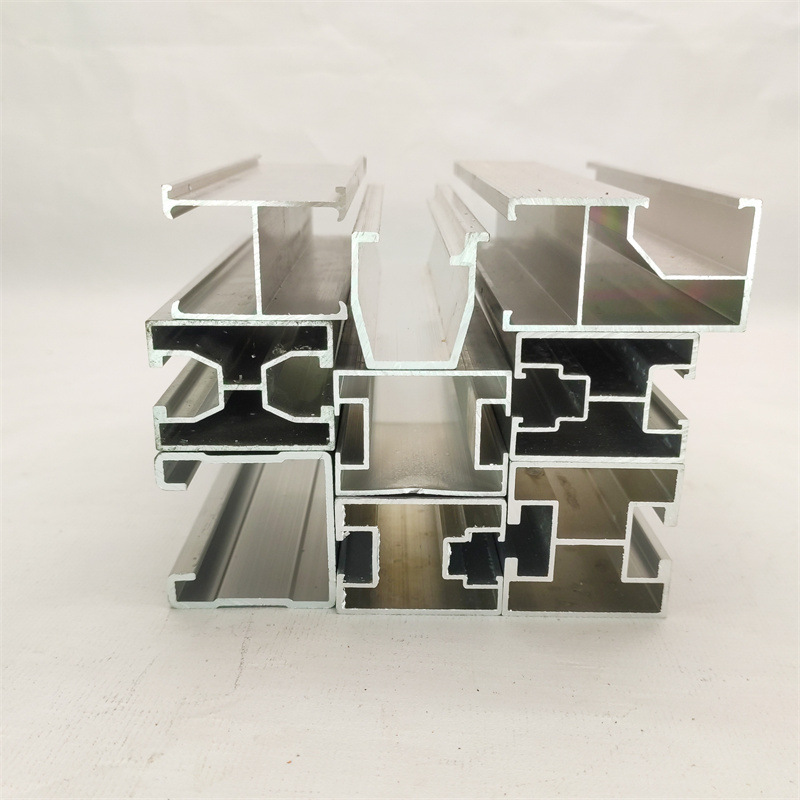

Understanding the Benefits and Applications of T Head Screws in Various Industries
Nov . 09, 2024 10:26 Back to list
Understanding the Benefits and Applications of T Head Screws in Various Industries
Understanding the Importance of T-Head Screws in Engineering and Design
In the vast realm of mechanical engineering and design, fasteners play a crucial role in the assembly and functionality of countless devices and structures. Among the many types of fasteners used, the T-head screw stands out for its unique design and versatile applications. This article will delve into the characteristics, uses, and advantages of T-head screws, illustrating their importance in modern engineering.
What is a T-Head Screw?
A T-head screw, as its name suggests, features a distinctive “T” shape at the top. This design allows the screw to be easily inserted and fastened into a slot, providing a secure hold without the need for additional nuts or bolts. T-head screws are typically made from durable materials such as steel, stainless steel, or brass, making them suitable for a variety of environments and applications.
Design Features
The T-head of the screw allows for straightforward installation. The head is wider than the shaft and is designed to fit into a corresponding slot on the surface to which it is being attached. This design not only facilitates efficient assembly but also offers a larger surface area that helps distribute the load more evenly. Additionally, the slot allows for adjustments to be made post-installation, which is beneficial in applications that require precision and flexibility.
Applications of T-Head Screws
T-head screws are used in a variety of applications across different industries. One of the most common uses is in the assembly of machinery where parts need to be secured firmly but also may require periodic adjustments or replacements. For example, in the construction of frames for machines and equipment, T-head screws provide the necessary stability while allowing for the reconfiguration of parts as needed.
t head screw

Moreover, T-head screws are frequently used in the manufacture of furniture, especially in modular designs that require disassembly and reassembly. The concept of flat-pack furniture has gained immense popularity, and T-head screws make it easy for consumers to put together their furniture without needing specialized tools. The ease of use and the ability to achieve a strong connection make them an ideal choice.
Another notable application of T-head screws is in the electronics industry. In devices where space is limited and precision is paramount, T-head screws offer a compact solution without compromising on strength. They are often used to secure components in tight spaces, such as inside computer cases and other electronic enclosures.
Advantages of T-Head Screws
One of the primary advantages of T-head screws is their ease of installation. Their design minimizes the risk of stripping and ensures that they can be tightened securely without the need for extra tools. This is particularly beneficial in situations where speed and efficiency are important.
Additionally, T-head screws can accommodate a range of materials and offer excellent load-bearing capabilities. The larger surface area of the T-head helps prevent pulling through the material, making them suitable for softer substrates or materials prone to deformation.
In terms of aesthetics, the design of T-head screws can also be a consideration in applications where appearance matters. They can provide a clean and neat look, as they sit flush with the surface once installed.
Conclusion
In conclusion, T-head screws are a pivotal component in the field of engineering and design. Their unique design, ease of use, and versatility make them a popular choice across various industries, from manufacturing and electronics to furniture assembly and beyond. As technology and design continue to evolve, the role of fasteners like T-head screws will remain critical, ensuring that the structures and devices we rely on are safe, efficient, and functional. Understanding the importance of such fasteners not only highlights their practical applications but also emphasizes the intricate knowledge required in the realm of engineering design.
Latest news
-
Premium Fasteners Manufacturer | AI-Driven Solutions
NewsAug.01,2025
-
Hot Dip Galvanized Bolts - Hebei Longze | High Strength, Corrosion Resistance
NewsAug.01,2025
-
High-Strength Hot Dip Galvanized Bolts - LongZe | Corrosion Resistance, Custom Sizes
NewsAug.01,2025
-
Best Self Tapping Screws for Drywall - Fast & Secure Installation
NewsJul.31,2025
-
High-Strength Hot Dip Galvanized Bolts-Hebei Longze|Corrosion Resistance&Customization
NewsJul.31,2025
-
Hot Dip Galvanized Bolts-Hebei Longze Metal Products|Corrosion Resistance&High Strength
NewsJul.31,2025

